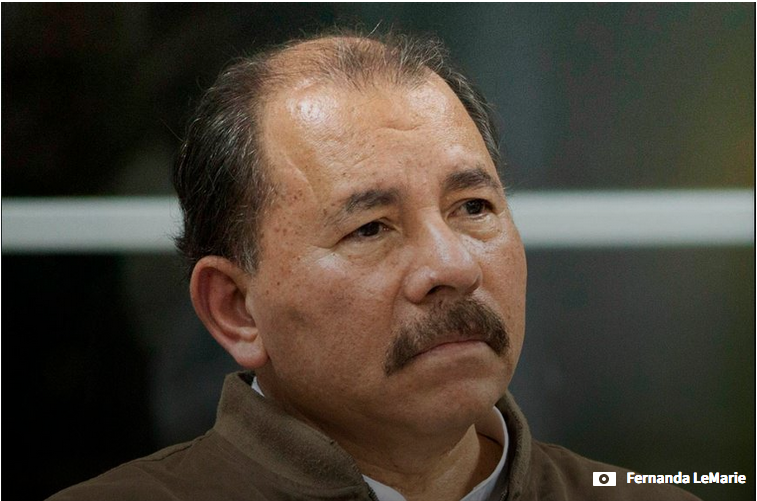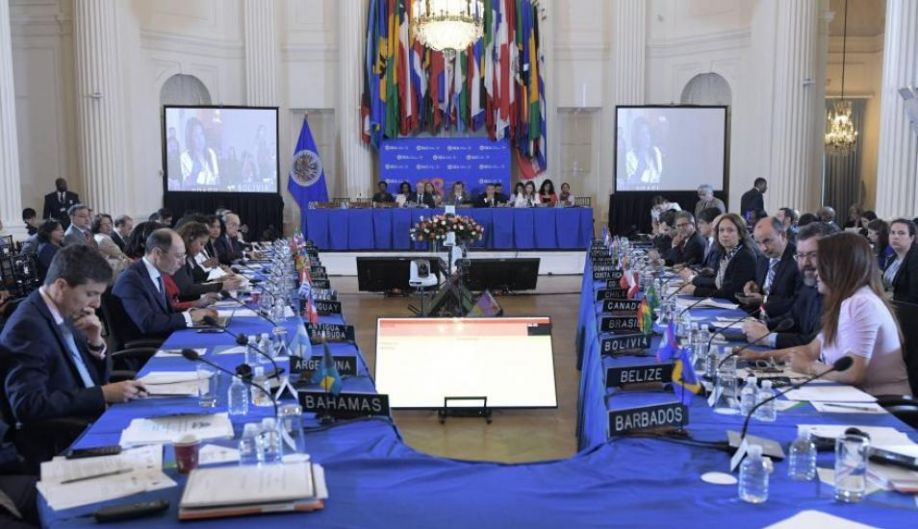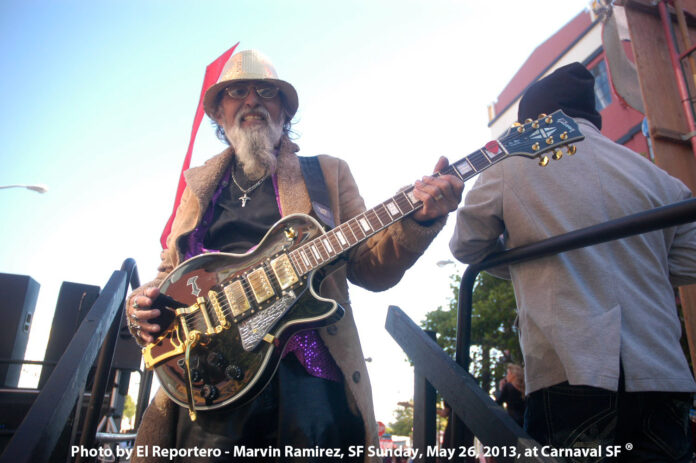by Mark Hedin
Ethnic Media Services
The Department of Homeland Security on Sept. 22 announced plans to drastically change the terms under which it bars people it deems likely to depend on government support from entering the country or getting green cards.
The new proposal would expand the factors the government would use in deeming someone a public-charge risk, which are currently limited to those likely to need cash aid, defined as welfare or long-term institutionalized care.
Now, Homeland Security is proposing to also bar those likely to need housing assistance, non-emergency Medicaid, Medicare Part D – help with prescriptions – or nutritional aid such as food stamps, the Immigrant Legal Resource Center (ILRC) lawyer Erin Quinn said in San Francisco.
Word of the pending changes has rocked ahe immigrant community, with many considering quickly disenrolling from benefit programs to protect their green card applications or the prospects of family members who might be applying.
To address these concerns, the ILRC on Sept. 27 hosted a teleconference coordinated by Ethnic Media Services to discuss the proposed changes, who they are most likely to affect and what steps might be prudent ꟷ or imprudent ꟷ to take in anticipation.
Joining Quinn in the hour-long call were Wendy Cervantes of Washington, D.C.’s CLASP (Center for Law and Social Policy), Maria Gonzalez of Boston’s Health Care for All, Karlo Ng, of the National Housing Law Project in San Francisco, and Amanda Lugg of New York’s African Services Committee.
The impact of the proposed rule change would be significant. According to the Migration Policy Institute, 2.3 million of the 4 million legally present noncitizens who arrived during the past five years could be at risk of a public-charge determination ꟷ up from the current 3 percent, ILRC’s Sara Feldman said in opening remarks.
“Immigration laws are very complex. It’s best to think about it on a case-by-case basis,” Quinn said, and urged people to talk to an accredited immigration attorney before dropping any services.
“It’s really important that families get the services they need now and not worry about possible speculative impact about those use of benefits in the future.”
“Even if it’s enacted as written, we expect any changes will be way off in the future,” Quinn said. And even once they’re in place, if they ever are, they’ll be “forward looking,” not retroactive. This means that people will be judged not on what benefits they may have received before the rules changed, but on their needs going forward.
Quinn said that the changes in policy will appear when trying to enter the United States and when applying for a green card.
“Permanent residents looking to naturalize will NOT be affected,” she said.
She recommended the ILRC web site resource “Ready California” (https://ready-california.org/#1) for those concerned about how to prepare for the new regulations.
Amanda Lugg, of the African Services Committee, also urged people to get professional legal advice before making any changes, and repeatedly counseled against taking action based only on the advice of neighbors or other nonprofessional casual acquaintances.
For example, the National Housing Law Project’s Ng, said, there are a variety of distinctions the law will make around the various forms of Section 8 housing vouchers. Those in the name of an immigration applicant’s dependent, for instance, won’t be counted against the applicant.
And some people fitting into certain particular categories, such as crime victims or those seeking to escape domestic violence, would be exempt from the changes.
The proposed rule changes give the administration “enormous discretion” in determining whether someone meets the public charge standard. Negative factors it could apply include being a senior or a juvenile, limited English proficiency, poor health, or having a family income below 250% of the poverty line – $63,000 annually for a family of four, a threshold 40% of U.S.-born people wouldn’t meet, Cervantes said.
“Millions of families would be impacted if this rule is finalized. … In fact, DHS and the rule itself point out that it would lead to increased poverty and worse health outcomes for certain families including U.S. children.”
“The proposed rule would have a detrimental impact on the housing stability of millions of immigrant families,” Ng said. Federal housing programs help immigrant families who are “one step away from homelessness.”
Immigrants with disabilities, chronic health conditions, a medical condition that requires extensive treatment, and no insurance would find those all heavily weighted negative factors according to the proposed new rules.
Fearful of impacting green card hopes, Lugg said her clients already are expressing a reluctance to accept housing vouchers or use anti-retroviral drugs to combat HIV.
The proposed rule changes threaten to reverse years of work and hard-won progress fighting AIDS and create a “backdoor reinstatement” of the “de-facto ban” of HIV-positive individuals that was overcome in 2010, Lugg said.
For the short term, nothing happens until the proposed changes are published in the Federal Register as a NPRM ꟷ notice of proposed rule making, which could happen in the next couple of weeks. Once it does, the public has 60 days to comment.
The Department of Homeland Security is obligated to consider those comments and include responses to those comments in its final wording of the rules. That process alone could take from months to years to finalize, Quinn said.
After that, there’s another 60 days before the rules would take effect.
Lugg said the Protecting Immigrant Families Campaign is hoping to see 100,000 public comments registered on the topic. Those comments must be made in English and should be one per person ꟷ writing something for others to sign onto would only count as one comment – Lugg said, and “you need to tell a story of how you or someone you know would be impacted.”
“We have an opportunity to fight back,” Lugg said, “and we’ll win. When this administration has gone too far, as it has before and as it has with this rule, we’ve seen the American people fight back. We’ve seen it with the travel ban. We’ve seen it with the child separation policy. And now we’ll see it with this public-charge draft rule.”
So, Quinn cautioned about disenrolling from benefits with the assurance that there would be enough time “to give members of our community notice if they need to disenroll from services.”










